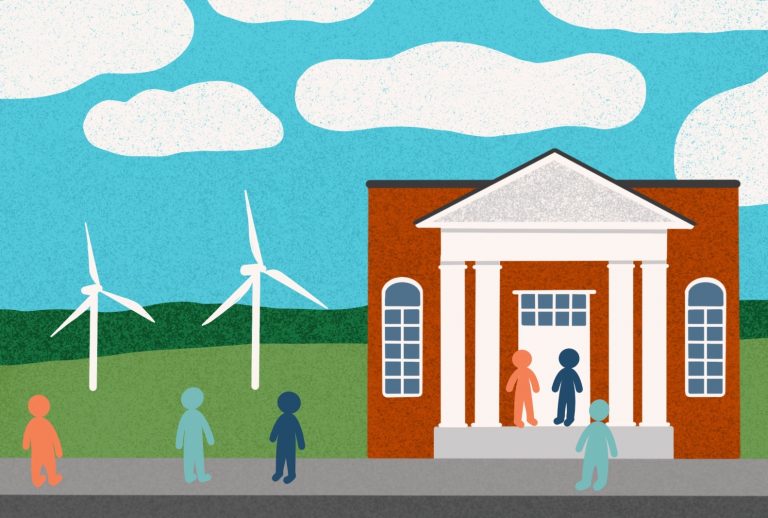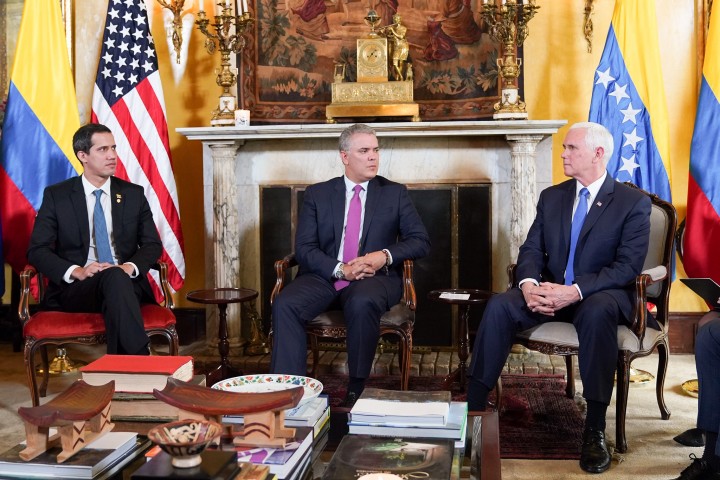A Handbook For Public Power Campaigns
The Public Power Handbook is a guide for communities exploring models of publicly owned power, such as a municipal electric utility, as a path toward local control, clean and affordable energy investment, and democratic accountability.
The handbook provides step-by-step guidance for advocates and community members on how to municipalize (or take over) a private utility, from building a winning coalition to anticipating and countering utility pushback. The handbook also outlines alternatives to full municipalization that still further the goals of local energy control and utility accountability.















